Non-melanoma skin cancer (NMSC), including Bowen’s disease and squamous cell carcinoma, is the most common human cancer, with sun exposure causing nearly all cases (1). Melanoma, although less common, accounts for ~17,600 new cases annually in the UK, 86% of which are considered preventable (2). With its high mortality rate, melanoma is a leading cause of skin cancer deaths worldwide (3).
Ultraviolet radiation (UVR) has profound effects at the molecular level. UVB (280–320 nm) penetrates DNA directly, producing erythema and structural DNA damage (4). UVA (320–400 nm) contributes indirectly via reactive oxygen species, leading to photoaging and further DNA damage (5).
Sun protection strategies include clothing, wide-brimmed hats, sunglasses, shade, and sunscreen. Yet sunscreen use is undermined by misinformation. This essay explores these myths through the case of Katie, a 25-year-old woman from Devon, and considers strategies to address them.
Introducing Katie
Katie has Fitzpatrick skin type II, with blonde hair and blue eyes. She usually burns then tans, and has a family history of keratinocyte cancers. As a teaching assistant, she spends much of her day outdoors but assumes cloudy Devon skies protect her. She relies on SPF 15 in her foundation and rarely applies additional sunscreen.
She enjoys playing netball at the weekends, surfing in summer, and deliberately sunbathes on holidays abroad. She applies sunscreen once daily before sunbathing but uses the same bottle for several years. She believes cars and cold weather protect her from UV, and has been influenced by TikTok claims that sunscreen is “toxic.” She is considering switching to coconut oil and “natural” approaches, such as eating carrots for protection. Katie’s behaviour reflects widespread myths about sunscreen use.
Sunscreen Mechanism of Action
Sunscreens reduce UVR exposure to the skin. Organic (chemical) filters such as oxybenzone and avobenzone absorb UVR and convert it to heat, while inorganic (physical) filters like zinc oxide and titanium dioxide reflect and scatter radiation (1). SPF measures the ratio of time to erythema in protected versus unprotected skin, primarily reflecting UVB protection (4). Products offering UVA coverage are labelled “broad spectrum” (3).
Common Myths
Myth 1: I don’t need sunscreen on cloudy days
Katie believes cloud cover is protective. In reality, up to 80% of UVR penetrates clouds (7). Unlike heat, UV cannot be seen or felt, and so subjective impressions of “burning” are unreliable. Checking the UV index via forecasts or apps is more accurate. Public education campaigns, such as posters showing UV penetrating clouds, or school demonstrations with UV monitors, can counter this misconception.
Myth 2: The SPF in my makeup is enough
Katie relies on her SPF 15 foundation. However, SPF values are tested at 2 mg/cm² of product, a layer far thicker than most people apply (8). Realistically, makeup alone cannot provide adequate protection. Campaigns could illustrate this with exaggerated images showing the impractical amount of makeup needed to match tested SPF values.
Myth 3: A thin layer is enough
Studies show people typically apply just 0.39–1.0 mg/cm², achieving only 20–50% of labelled SPF (8,9). A full-body application requires about seven teaspoons, reapplied every two hours or after swimming. Packaging innovations, such as QR codes linking to UV camera demonstrations of sunscreen effectiveness at reduced thickness, could improve consumer understanding.
Myth 4: Sunscreen makes sunbathing safe
Katie always applies sunscreen before sunbathing, believing this prevents harm. This behaviour is termed “sunscreen abuse” - prolonging sun exposure under a false sense of protection (10). Campaigns could use analogies, depicting that sunbathing with SPF is like smoking with a filter (Figure 1).
Figure 1

Figure 1: Poster depicting risks of sunbathing, even when using sunscreen. Adapted from www.canva.com
Myth 5: A tan is healthy
Katie values a “holiday tan”. In reality, tanning signals DNA damage and increased cancer risk. Melanin production is a defensive response triggered by UV-induced DNA injury (11). Images showing this process (Figure 2), circulated on social media or via product QR codes, could help communicate this risk.
Figure 2

Figure 2: Poster depicting the simplified process of DNA damage resulting in tanning. Adapted from www.canva.com
Myth 6: Sunscreen prevents vitamin D absorption
Studies show that sunscreen use does not increase the risk of deficiency (4,12). Minimal sun exposure of 10–15 minutes at a UV index of 3 is sufficient for most people, and supplements provide a safe alternative (12,13). At a public health level, this should be tackled through education of healthcare professionals, who can in turn advise their patients, as well as in school health classes.
Myth 7: Sunscreen is toxic
While some ingredients are absorbed systemically, no evidence links this to harm in humans (14). One study even found a protective effect against childhood wheeze (15). Moreover, ingredients such as oxybenzone are present in cosmetics, plastics, and drinking water, with sunscreen being only a minor source (16). This misconception can be countered through healthcare professionals addressing misinformation online and by comparing sunscreen “toxins” with those in everyday products, such as perfumes, fizzy drink bottles and make-up.
Myth 8: Natural and “inside-out” protection is enough
While antioxidants and carotenoids may mitigate photodamage, no trials support them as stand-alone protection (17). Campaigns should acknowledge their complementary role but stress sunscreen as essential, using analogies such as: “A seatbelt doesn’t mean you can drive without brakes”.
Myth 9: Sunscreen doesn’t expire
Sunscreens maintain stability for ~3 years, but heat exposure accelerates breakdown (18). Expired or altered products should be discarded. Clear labelling or QR codes linking to expiry guidance can improve awareness.
Myth 10: Application technique doesn’t matter
Common application mistakes include missing areas, failing to apply 20 minutes before exposure, or neglecting reapplication after water or exercise (19). Rubbing too vigorously can reduce efficacy by ~20% (8). Including simple reapplication reminders on bottles is an effective intervention.
Myth 11: You can’t get sunburnt on a ski holiday
UV exposure increases with altitude, and snow reflects radiation, doubling the risk (20). Posters at ski resorts that show UV rays reflecting off the snow could directly target this audience.
Summary
Sunscreen is central to skin cancer prevention, but its effectiveness is undermined by myths, underuse, and improper application technique. Katie’s story illustrates how misinformation influences behaviour, even in health-conscious individuals.
By addressing myths through school-based education, clear labelling, QR code-linked videos, public campaigns, and professional voices on social media, we can improve sunscreen use.
Sunscreen is not toxic; a tan is not healthy; makeup SPF is not enough; and sunburn risk does not disappear in clouds or snow. For people like Katie, understanding these truths may mean the difference between short-term burns and long-term protection against melanoma and keratinocyte cancers.
References
1. Henderson S, King K, Karipidis K, Tinker R, Green A. Effectiveness, compliance and application of sunscreen for solar ultraviolet radiation protection in Australia. Public Health Res Pract. 2022;32(1). doi: 10.17061/phrp3212205
2. Cancer Research UK. Melanoma skin cancer statistics. Cancer Research UK. 2025. [accessed 30 Sep 2025] Available from: https://www.cancerresearchuk.org/health-professional/cancer-statistics/statistics-by-cancer-type/melanoma-skin-cancer#melanoma_stats5
3. Zou W, Ramanathan R, Urban S, Sinclair C, King K, Tinker R, et al. Sunscreen testing: A critical perspective and future roadmap. TrAC Trends in Analytical Chemistry. 2022;157:116724. doi: 10.1016/j.trac.2022.116724
4. Young AR, Claveau J, Rossi AB. Ultraviolet radiation and the skin: Photobiology and sunscreen photoprotection. J Am Acad Dermatol. 2017;76(3):S100–9. doi: 10.1016/j.jaad.2016.09.038
5. Romanhole RC, Fava ALM, Tundisi LL, Macedo LM de, Santos ÉM dos, Ataide JA, et al. Unplanned absorption of sunscreen ingredients: Impact of formulation and evaluation methods. Int J Pharm. 2020;591:120013. doi: 10.1016/j.ijpharm.2020.120013
6. Lin R, Pulumati A, Woolery-Lloyd H. DermTok: Who’s Talking Sun? A Cross-Sectional Analysis of Sun Protection Content on TikTok. Journal of Drugs in Dermatology. 2024 Jul 1;
7. American Academy of Dermatology Association. 5 Common Sunscreen Mistakes — And How To Avoid Them. 2024. [accessed 30 Sep 2025] Available from: https://www.aad.org/public/everyday-care/sun-protection/shade-clothing-sunscreen/common-sunscreen-mistakes
8. Petersen B, Wulf HC. Application of sunscreen− theory and reality. Photodermatol Photoimmunol Photomed. 2013 Dec 3;
9. Kullavanijaya P, Lim HW. Photoprotection. J Am Acad Dermatol. 2005;52(6):937–58.
10. Autier P. Sunscreen abuse for intentional sun exposure. British Journal of Dermatology. 2009 Aug 7;
11. He hailun, Li anqi, Li shiqin, Tang jie, Li li, Xiong lidan. Natural components in sunscreens: Topical formulations with sun protection factor (SPF). Biomedicine & Pharmacotherapy. 2021;134:111161. doi: 10.1016/j.biopha.2020.111161
12. Moradi Tuchayi S, Wang Z, Yan J, Garibyan L, Bai X, Gilchrest BA. Sunscreens: Misconceptions and Misinformation. Journal of Investigative Dermatology. 2023;143(8):1406–11. doi: 10.1016/j.jid.2023.03.1677
13. Melanoma Institude Australia. Melanoma Prevention and Early Detection. Melanoma Institude Australia. 2024. [accessed 30 Sep 2025] Available from: https://melanoma.org.au/wp-content/uploads/2024/12/MIA-Melanoma-Prevention-and-Early-Detection-Guide_2024_updated.pdf
14. Matta MK, Florian J, Zusterzeel R, Pilli NR, Patel V, Volpe DA, et al. Effect of Sunscreen Application on Plasma Concentration of Sunscreen Active Ingredients. JAMA. 2020;323(3):256. doi: 10.1001/jama.2019.20747
15. Suh S, Pham C, Smith J, Mesinkovska NA. The banned sunscreen ingredients and their impact on human health: a systematic review. Int J Dermatol. 2020;59(9):1033–42. doi: 10.1111/ijd.14824
16. Adler B. Sunscreen Safety: 2024 Updates. Cutis. 2024;113(5). doi: 10.12788/cutis.1003
17. Searle T, Ali FR, Al‐Niaimi F. Systemic photoprotection in 2021. Clin Exp Dermatol. 2021;46(7):1189–204. doi: 10.1111/ced.14697
18. American Academy of Dermatology Association. Sunscreen FAQs. American Academy of Dermatology Association. 2025. [accessed 30 Sept 2025] Available from: https://www.aad.org/media/stats-sunscreen
19. O’Hara M, Horsham C, Koh U, Janda M. Unintended sunburn after sunscreen application: An exploratory study of sun protection. Health Promotion Journal of Australia. 2019;31(3):533–9.
20. American Academy of Dermatology Association. Why You Need Sun Protection In The Winter. 2021. [accessed 30 Sept 2025] Available from: https://www.aad.org/public/everyday-care/sun-protection/shade-clothing-sunscreen/cold-weather
Disclaimer
This article was written by Dr. Olga Pawlik, the winner of our annual Essay Price competition 2025. The views and opinions expressed in this piece are solely those of the author and do not necessarily reflect the views or positions of Altruist. Altruist is not responsible for the accuracy, completeness, or validity of any information presented in this article.


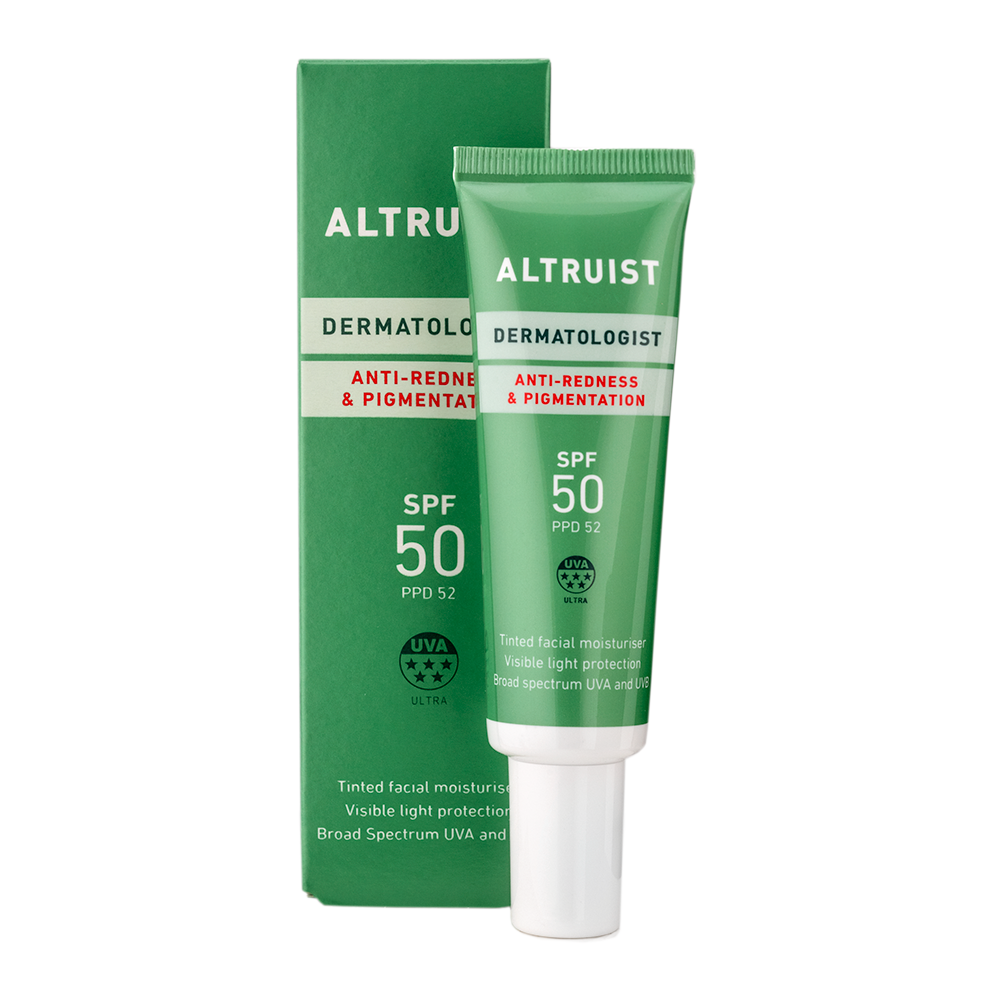

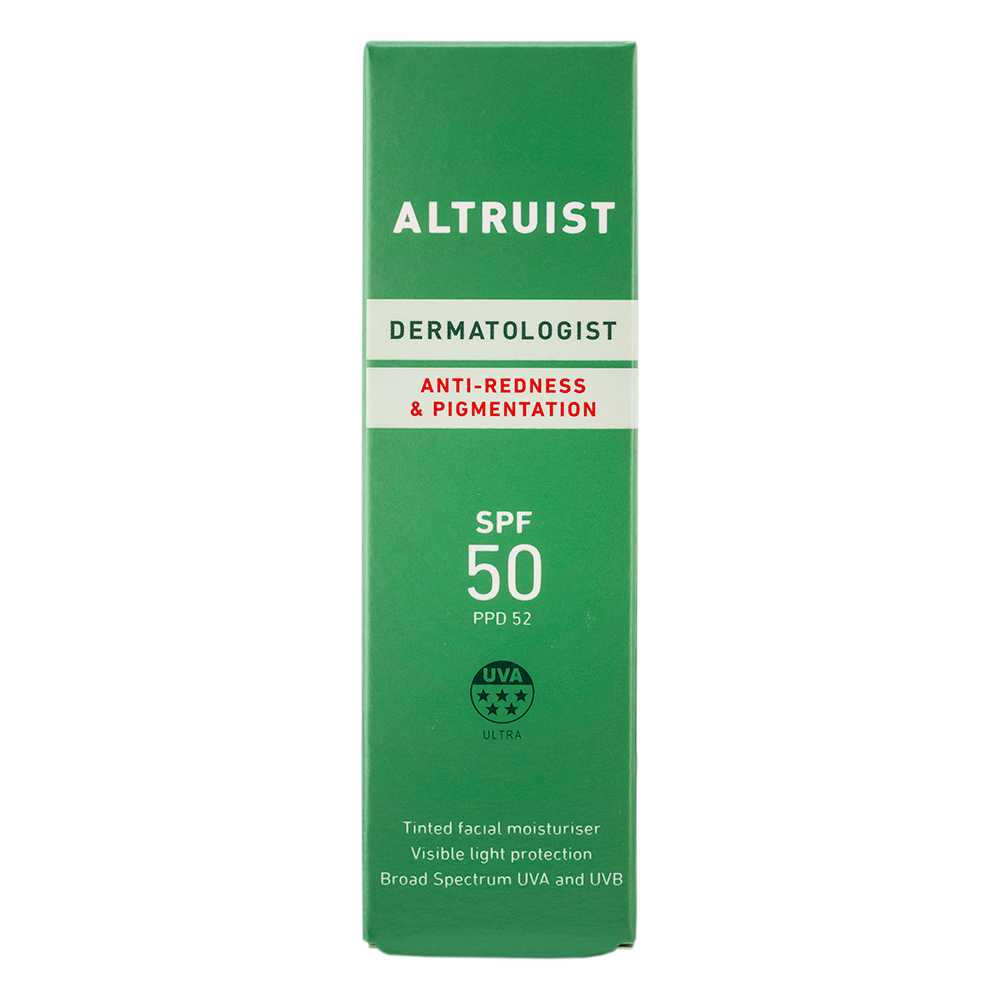

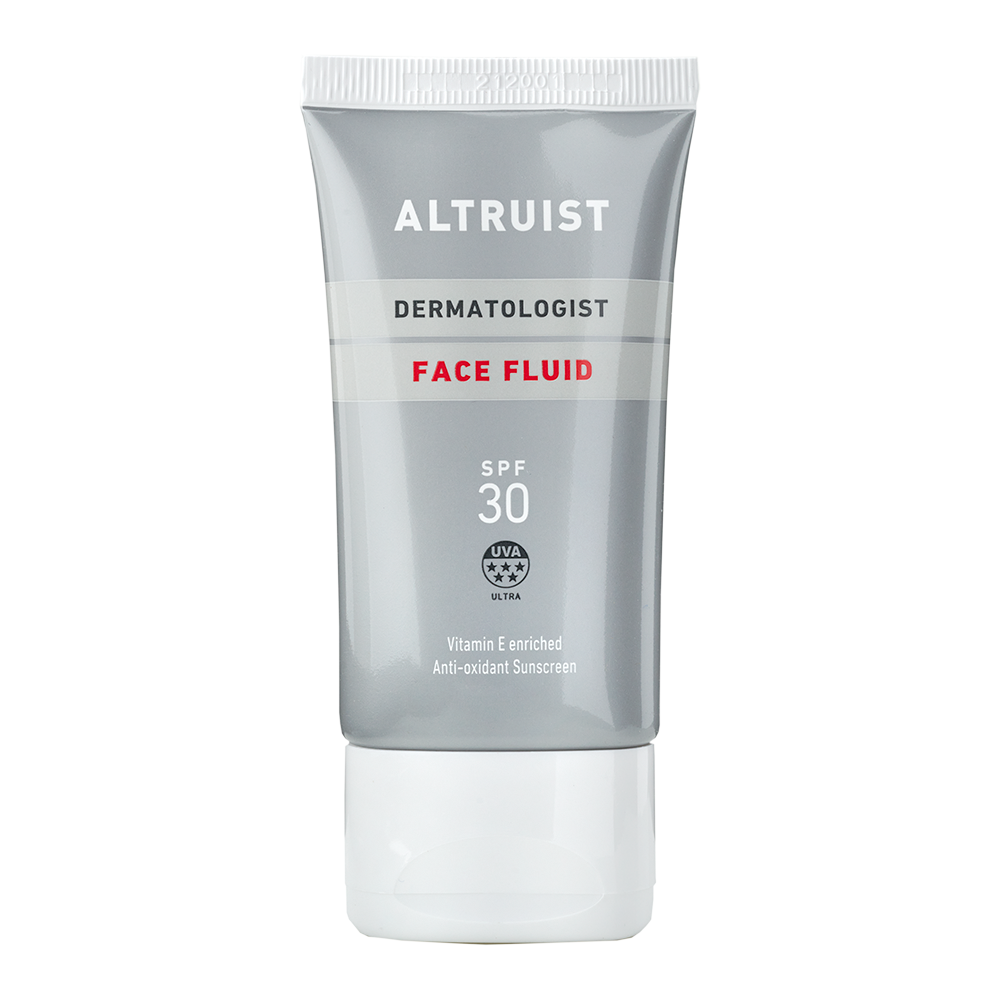
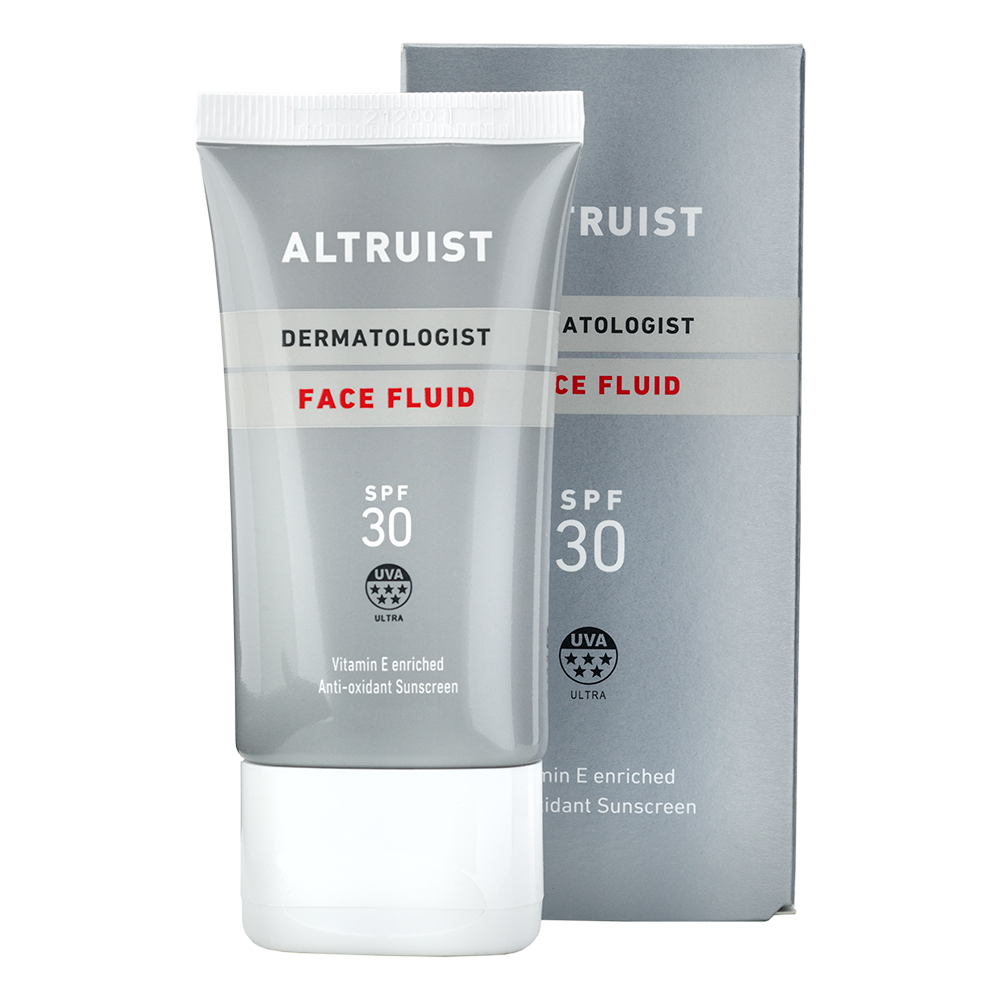

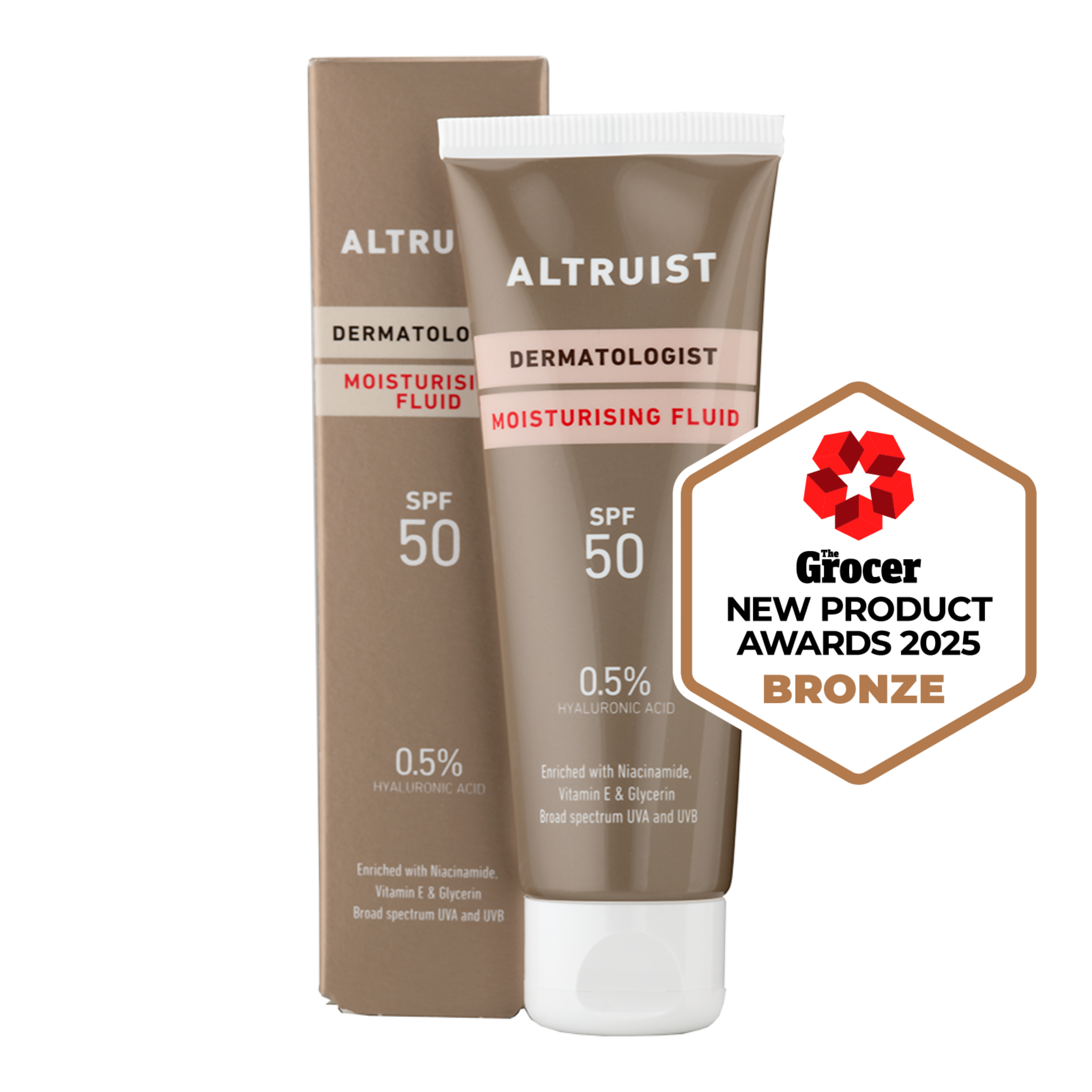
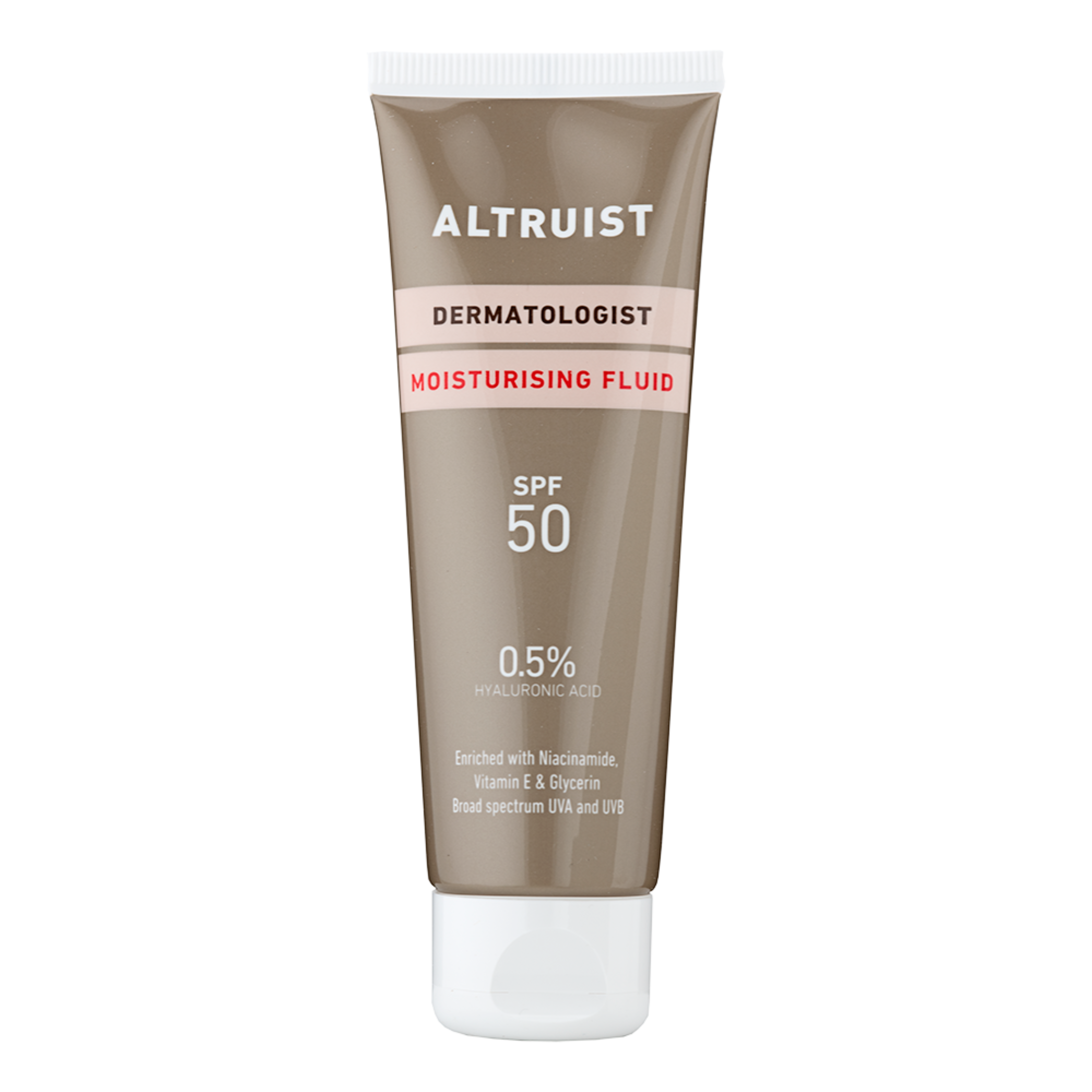
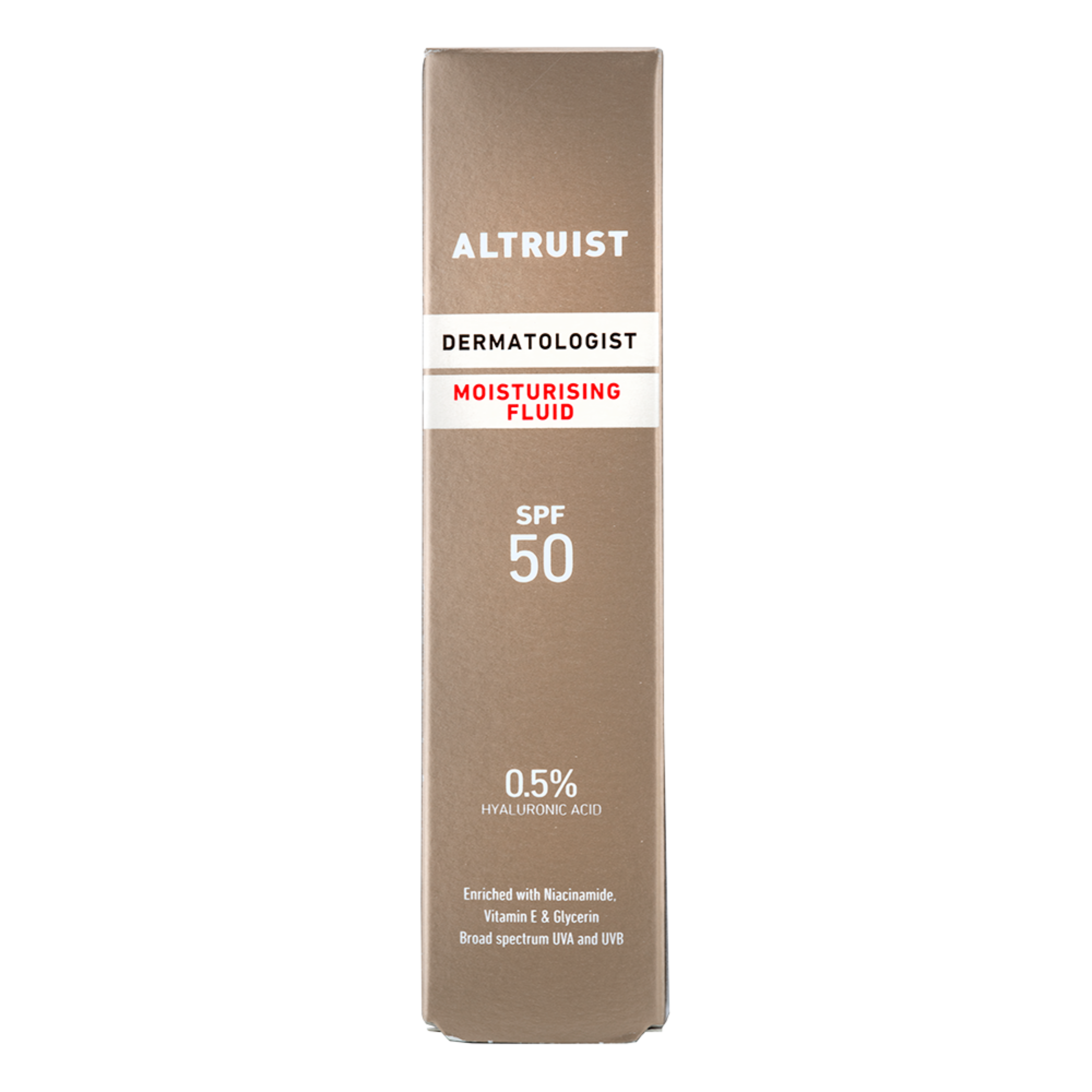
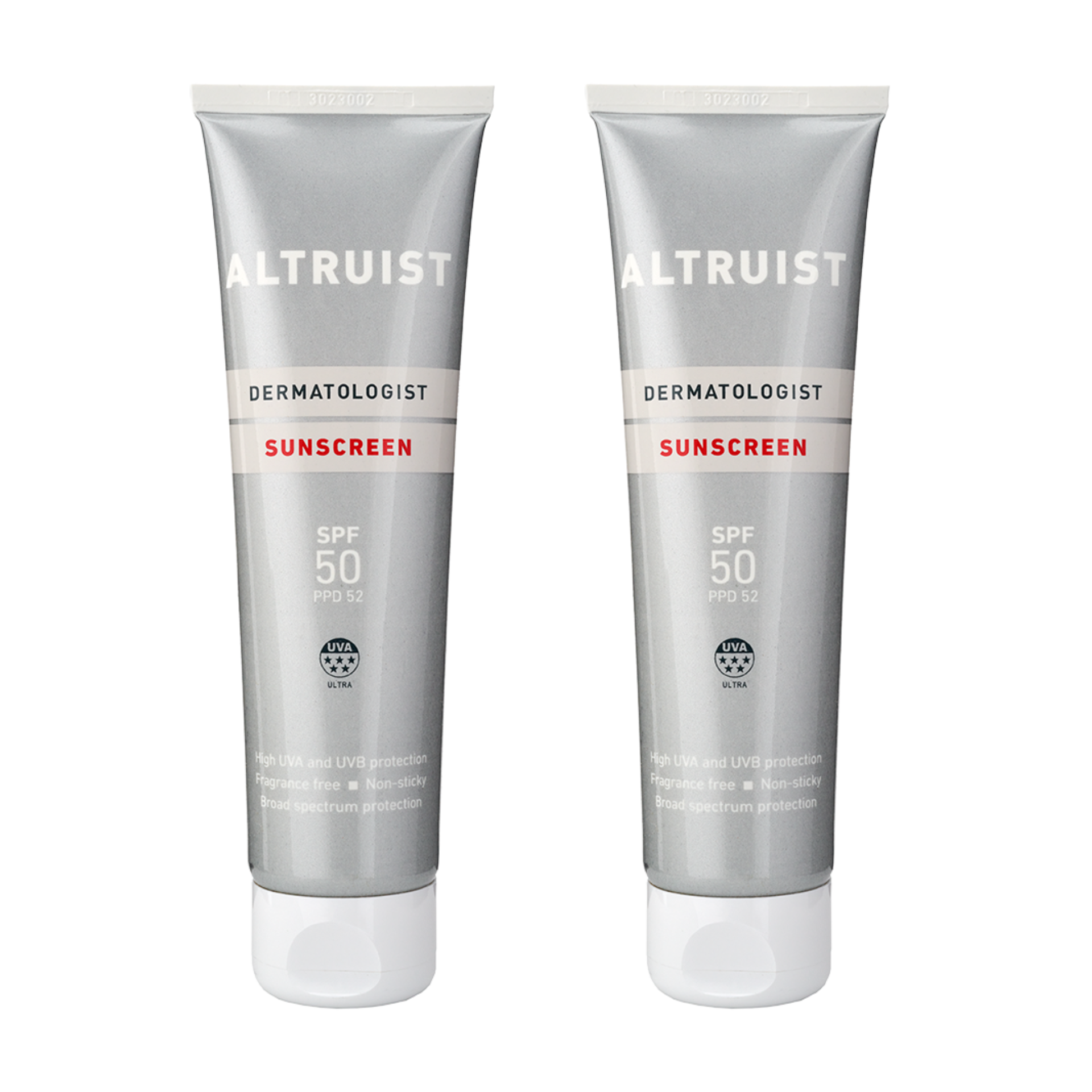
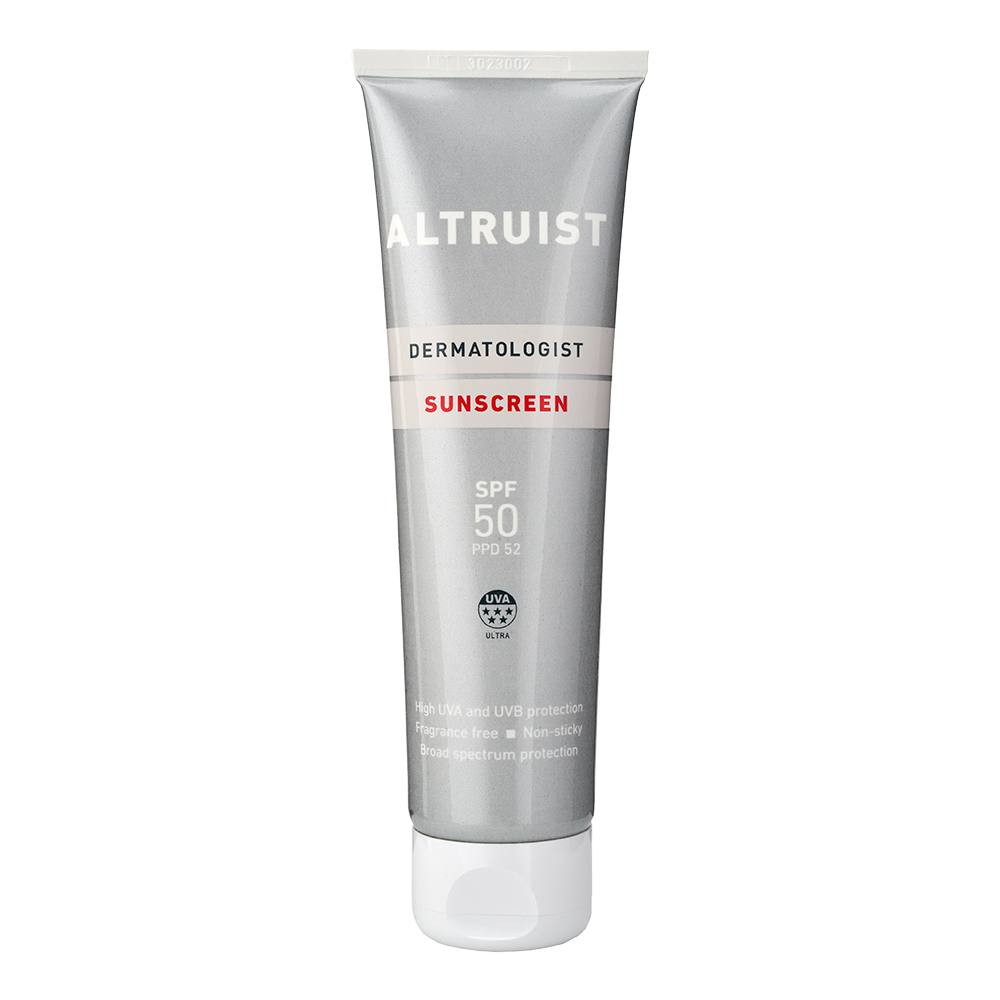
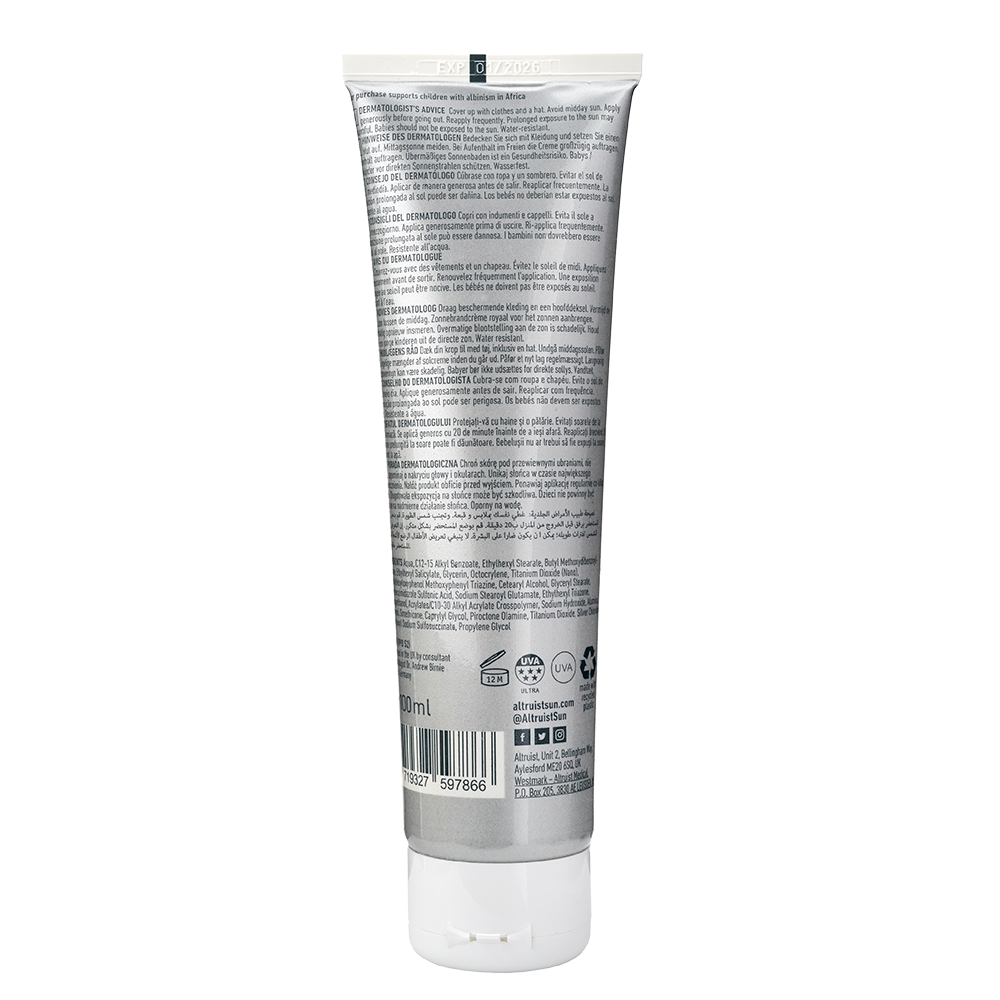
SPF50 Family Spray 'Best Sunspray overall for Kids 2025" by The Sun
Sunscreen for Sensitive Skin. Hypoallergenic and Fragrance-Free